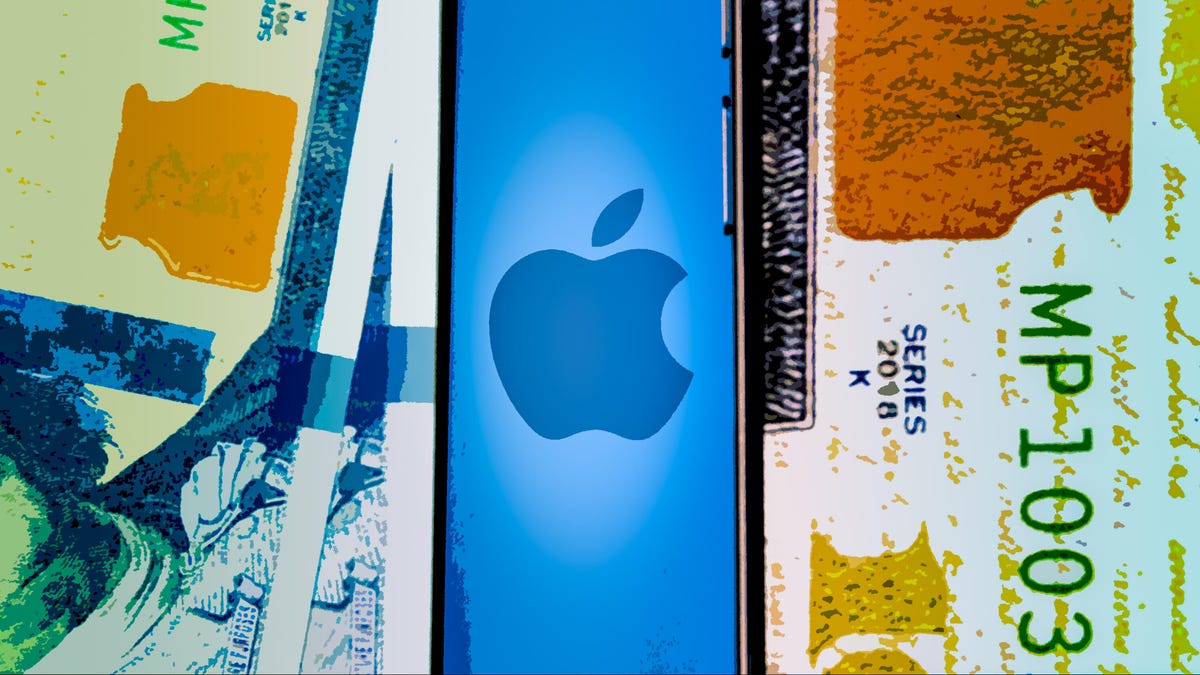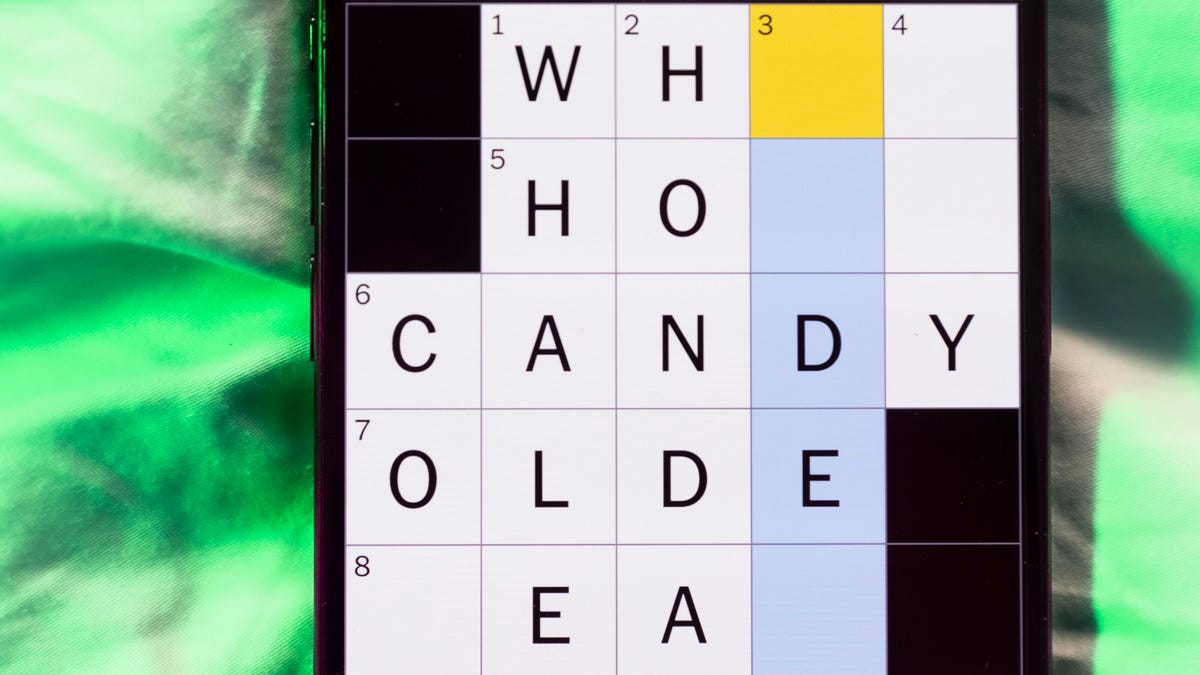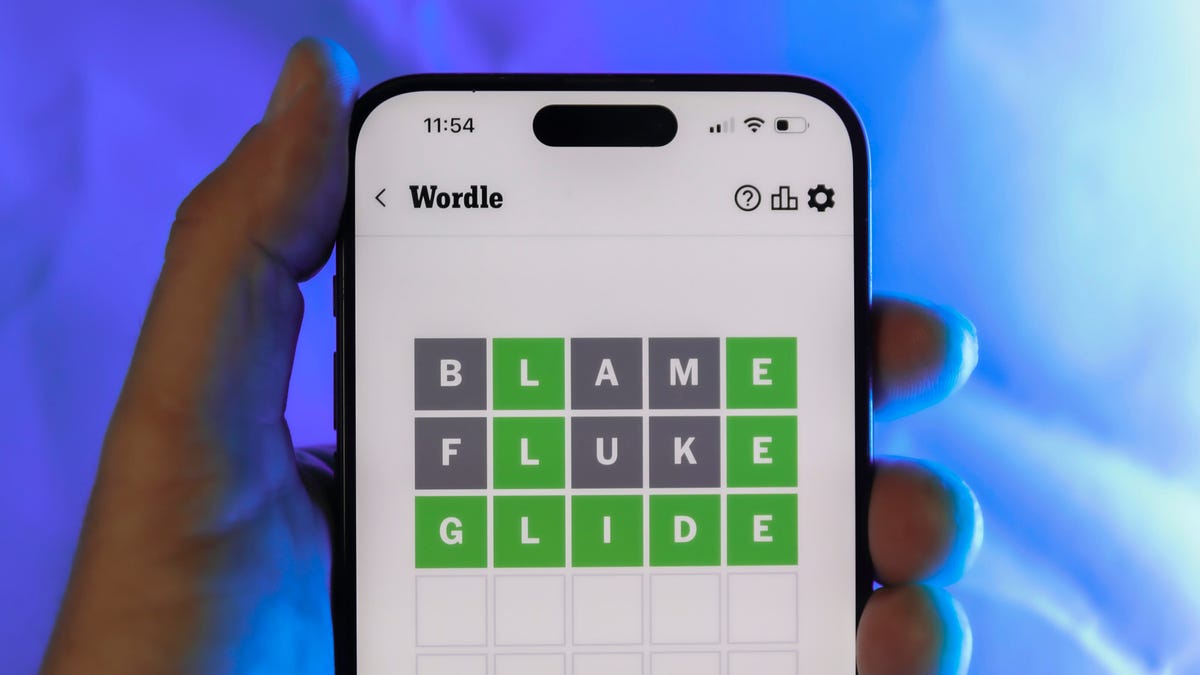Technologies
Apple Commits $100 Billion More Toward US Manufacturing
«Every new iPhone and every new Apple Watch sold in the world will contain cover glass made in Kentucky,» Cook said.

Apple says it’s increasing its investment in US production by another $100 billion over the next four years.
The company said Wednesday in a wide-ranging announcement that was leaked early by the White House that it will expand to $600 billion total its commitment to hire more US workers and expand some of its manufacturing across 10 states.
Apple CEO Tim Cook joined President Donald Trump at the White House on Wednesday to unveil its American Manufacturing Program, which includes plans for 100% of its development of cover glass for its iPhone and Apple Watch products in Kentucky in partnership with Corning. Apple plans to commit $2.5 billion to that product effort alone.
«Every new iPhone and every new Apple Watch sold in the world will contain cover glass made in Kentucky,» Cook said. iPhone cover glass is already being made at Corning’s Harrodsburg, Kentucky, manufacturing facility, though it’s not clear when 100% of the iPhone glass will be made there.
The Apple CEO said that the company plans to create an end-to-end silicon supply chain in the US, increasing the amount of chip design, manufacturing and packaging in the United States.
Read more: Trump Phone Site Drops Its ‘Built in US’ Claim
«American innovation is central to everything we do,» Cook said. «We’re growing and hiring here. We support 450,000 jobs with suppliers and partners in all 50 states.»
In the announcement, Apple reiterated what it previously said in February: that it was also planning to hire 20,000 US workers over that four-year time period.
Trump praised Apple and Cook in particular, calling him a «visionary» moments before questioning his athleticism.
The president repeated his assertion that there will be 100% tariffs on semiconductors imported from other countries.
«I think the chip companies are all coming back home,» Trump said. «If you’re building in the United States or committed to build without question, there will be no charge.»
The manufacturing of smartphones in the US has other ties to the president. When the Trump Organization announced the launch of a Trump Mobile service in June, it promised a gold phone called the T1 that would be manufactured entirely in the US. Those claims were later walked back after it was revealed the $499 phone’s specifications appeared to be similar to one made overseas for T-Mobile.
Apple’s shifting strategy
Apple has been shifting the way it produces its products this year in response to the steep tariffs against countries where it manufactures most of its flagship products such as iPhones. While Apple and other major technology companies don’t make smartphones in the US, some assembly of products using components made overseas can be done in the US.
The company has moved some production from China to countries including India and Vietnam to bypass tariffs and to reduce its reliance on China’s extensive manufacturing supply chains. Smartphone-makers have been facing tariffs as steep as 25% and Apple is trying to avoid price hikes on its products. The company is gearing up for the launch of the iPhone 17 in September.
During the press conference, Cook was asked about the possibility that Apple could manufacture an entire iPhone in the US. Cook said that some components are made domestically and assembly can be done in the US, but stopped short of promising an entire device made in America.
Trump said that Apple’s supply chains have been in place for while.
«We may incentivize them,» he said, but suggested he was optimistic that an all-US-made iPhone could happen «one day.»
Apple’s announcement included news of partnerships with companies that include Texas Instruments, Broadcom, Applied Materials, TSMC and others. Some of those efforts will include increased chip development and manufacturing domestically.
The company has also opened up a new factory that produces servers for the company in Houston. It will gear up for mass production next year. Apple said those servers will help with its Apple Intelligence efforts.
Technologies
Today’s NYT Mini Crossword Answers for Wednesday, Dec. 24
Here are the answers for The New York Times Mini Crossword for Dec. 24.

Looking for the most recent Mini Crossword answer? Click here for today’s Mini Crossword hints, as well as our daily answers and hints for The New York Times Wordle, Strands, Connections and Connections: Sports Edition puzzles.
Need some help with today’s Mini Crossword? I’m Irish-American, but yet 6-Down, which involves Ireland, stumped me at first. Read on for all the answers.. And if you could use some hints and guidance for daily solving, check out our Mini Crossword tips.
If you’re looking for today’s Wordle, Connections, Connections: Sports Edition and Strands answers, you can visit CNET’s NYT puzzle hints page.
Read more: Tips and Tricks for Solving The New York Times Mini Crossword
Let’s get to those Mini Crossword clues and answers.
Mini across clues and answers
1A clue: Wordle or Boggle
Answer: GAME
5A clue: Big Newton
Answer: ISAAC
7A clue: Specialized vocabulary
Answer: LINGO
8A clue: «See you in a bit!»
Answer: LATER
9A clue: Tone of many internet comments
Answer: SNARK
Mini down clues and answers
1D clue: Sharks use them to breathe
Answer: GILLS
2D clue: From Singapore or South Korea, say
Answer: ASIAN
3D clue: Large ocean ray
Answer: MANTA
4D clue: ___ beaver
Answer: EAGER
6D clue: Second-largest city in the Republic of Ireland, after Dublin
Answer: CORK
Don’t miss any of our unbiased tech content and lab-based reviews. Add CNET as a preferred Google source.
Technologies
Quadrantids Is a Short but Sweet Meteor Shower Just After New Year’s. How to See It
This meteor shower has one of the most active peaks, but it doesn’t last for very long.

The Quadrantids has the potential to be one of the most active meteor showers of the year, and skygazers won’t have long to wait to see it. The annual shower is predicted to reach maximum intensity on Jan. 3. And with a display that can rival Perseids, Quadrantids could be worth braving the cold to see it.
Don’t miss any of our unbiased tech content and lab-based reviews. Add CNET as a preferred Google source.
The show officially begins on Dec. 28 and lasts until Jan. 12, according to the American Meteor Society. Quadrantids is scheduled to peak on Jan. 2-3, when it may produce upwards of 125 meteors per hour. This matches Perseids and other larger meteor showers on a per-hour rate, but Quadrantids also has one of the shortest peaks at just 6 hours, so it rarely produces as many meteors overall as the other big ones.
The meteor shower comes to Earth courtesy of the 2003 EH1 asteroid, which is notable because most meteor showers are fed from comets, not asteroids. Per NASA, 2003 EH1 is a near-Earth asteroid that orbits the sun once every five and a half years. Science posits that 2003 EH1 was a comet in a past life, but too many trips around the sun stripped it of its ice, leaving only its rocky core. The Earth runs through EH1’s orbital debris every January, which results in the Quadrantids meteor shower.
How and where to see Quadrantids
Quadrantids is named for the constellation where its meteors appear to originate, a point known as the radiant. This presents another oddity, as the shower originates from the constellation Quadrans Muralis. This constellation ceased to be recognized as an official constellation in the 1920s and isn’t available on most publicly accessible sky maps.
For the modern skygazer, you’ll instead need to find the Bootes and Draco constellations, both of which contain stars that were once a part of the Quadrans Muralis. Draco will be easier to find after sunset on the evening of Jan. 2, and will be just above the horizon in the northern sky. Bootes orbits around Draco, but will remain under the horizon until just after 1 a.m. local time in the northeastern sky. From that point forward, both will sit in the northeastern part of the sky until sunrise. You’ll want to point your chair in that direction and stay there to see meteors.
As the American Meteor Society notes, Quadrantids has a short but active peak, lasting around 6 hours. The peak is expected to start around 4 p.m. ET and last well into the evening. NASA predicts the meteor shower to start one day later on Jan. 3-4, so if you don’t see any on the evening of Jan. 2, try again on Jan. 3.
To get the best results, the standard space viewing tips apply. You’ll want to get as far away from the city and suburbs as possible to reduce light pollution. Since it’ll be so cold outside, dress warmly and abstain from alcoholic beverages, as they can affect your body temperature. You won’t need any binoculars or telescopes, and the reduced field of view may actually impact your ability to see meteors.
The bad news is that either way, the Quadrantids meteor shower coincides almost perfectly with January’s Wolf Moon, which also happens to be a supermoon. This will introduce quite a lot of light pollution, which will likely drown out all but the brightest meteors. So, while it may have a peak of over 100 meteors per hour, both NASA and the AMS agree that the more realistic expectation is 10 or so bright meteors per hour.
Technologies
Today’s Wordle Hints, Answer and Help for Dec. 24, #1649
Here are hints and the answer for today’s Wordle for Dec. 24, No. 1,649.

Looking for the most recent Wordle answer? Click here for today’s Wordle hints, as well as our daily answers and hints for The New York Times Mini Crossword, Connections, Connections: Sports Edition and Strands puzzles.
Today’s Wordle puzzle is a little tricky, with a double letter that could confuse players. If you need a new starter word, check out our list of which letters show up the most in English words. If you need hints and the answer, read on.
Read more: New Study Reveals Wordle’s Top 10 Toughest Words of 2025
Today’s Wordle hints
Before we show you today’s Wordle answer, we’ll give you some hints. If you don’t want a spoiler, look away now.
Wordle hint No. 1: Repeats
Today’s Wordle answer has one repeated letter.
Wordle hint No. 2: Vowels
Today’s Wordle answer has one vowel, but it’s the repeated letter, so you’ll see it twice.
Wordle hint No. 3: First letter
Today’s Wordle answer begins with S.
Wordle hint No. 4: Last letter
Today’s Wordle answer ends with L.
Wordle hint No. 5: Meaning
Today’s Wordle answer can refer to a cylindrical device upon which thread is wound.
TODAY’S WORDLE ANSWER
Today’s Wordle answer is SPOOL.
Yesterday’s Wordle answer
Yesterday’s Wordle answer, Dec. 23, No. 1648 was GLINT.
Recent Wordle answers
Dec. 19, No. 1644: MYRRH
Dec. 20, No. 1645: WHITE
Dec. 21, No. 1646: QUILT
Dec. 22, No. 1647: CONCH
Don’t miss any of our unbiased tech content and lab-based reviews. Add CNET as a preferred Google source.
-

 Technologies3 года ago
Technologies3 года agoTech Companies Need to Be Held Accountable for Security, Experts Say
-

 Technologies3 года ago
Technologies3 года agoBest Handheld Game Console in 2023
-

 Technologies3 года ago
Technologies3 года agoTighten Up Your VR Game With the Best Head Straps for Quest 2
-

 Technologies4 года ago
Technologies4 года agoBlack Friday 2021: The best deals on TVs, headphones, kitchenware, and more
-

 Technologies4 года ago
Technologies4 года agoVerum, Wickr and Threema: next generation secured messengers
-

 Technologies4 года ago
Technologies4 года agoGoogle to require vaccinations as Silicon Valley rethinks return-to-office policies
-

 Technologies4 года ago
Technologies4 года agoOlivia Harlan Dekker for Verum Messenger
-

 Technologies4 года ago
Technologies4 года agoiPhone 13 event: How to watch Apple’s big announcement tomorrow
